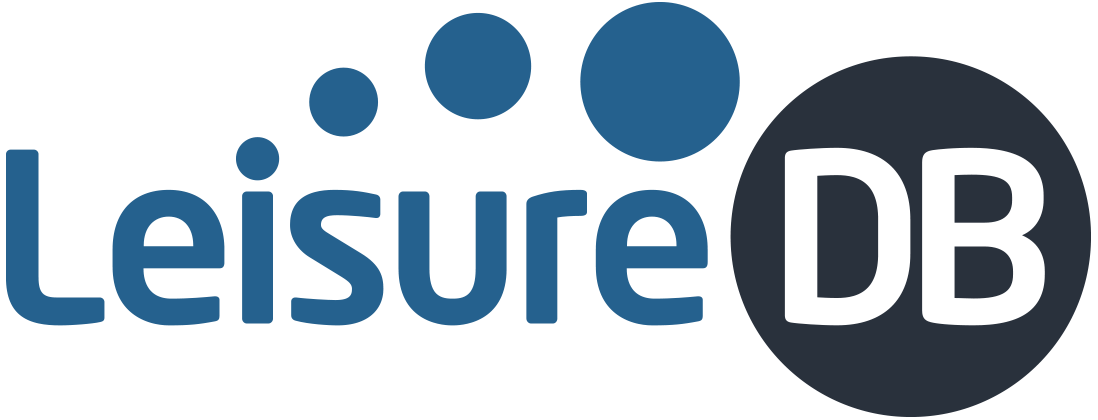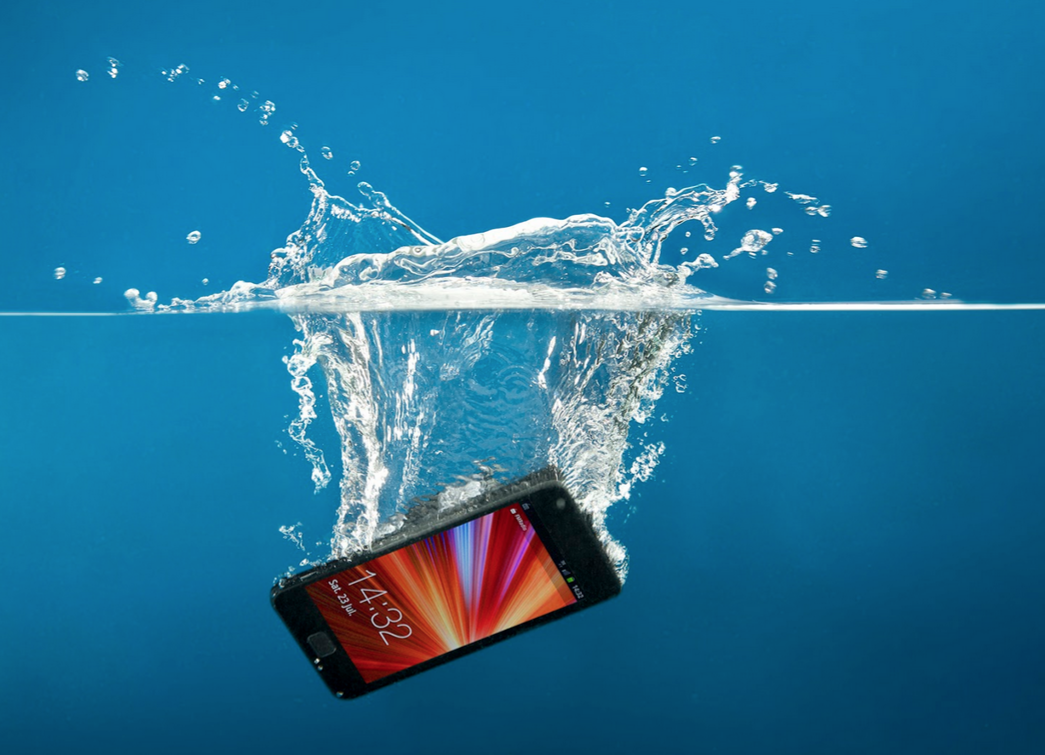Original article can be found here.
CSN catches up with David Minton, Director of The Leisure Database Company.
You have been active in the leisure industry for many years. Where have the biggest changes been?
I’ve been in the leisure industry for longer than I care to remember and on the way there have been some amazing changes including computing power, my iPhone 6 is more powerful than the first computer we started compiling the database on thirty years ago. GPS was another giant step forward where we could map the facilities for the first time, now we take 3d maps for granted. Over this period the interest in and expansion of personal improvement and fitness has expanded beyond what anyone could have predicted. We are now living through the biggest period of change that’s driven by technology and community sport so far has failed to adapt and take advantage of the opportunities.
The new Sport England Sporting Future strategy indicates a change in investment strategy and approach. How do you see this rolling out?
It’s too early to comment on the new Sporting Future strategy (or Brexit, or the new England football Manager) but it’s important to see where any new strategy fits in with the aggregators who are using new technology to connect direct with the sports consumer. There’s over twenty new tech aggregators mostly British but some from the USA, India, Israel and Australia working on ideas to link up community sport and the consumer. A lot will happen in 2016 as some have been successful at crowd funding or private money behind them.
How critical is it for the adoption of new technologies to tackle the high levels of inactivity that we still see?
Crucial! As far as I’m aware there is not one public sports API (an abbreviation for application program interface) of useful data for the above aggregators to use. A few years ago Transport for London decided to make their ‘live’ tube, bus, rail, road, bike and river data available to tech companies via APIs, now over 100 apps have been developed to help people travel around London easier than ever before. Imagine the frustration among young techies who are passionate about sport but have no data to work with.
How can the application of technology persuade behavioural change at an individual level?
Technology together with social media and advertising can help with behavioural change and there’s lots of examples where this has worked including; female boxing, Nicola Adams as role model plus lots of fitness sites programming ‘boxercise’ style classes and Kobox is the first UK boutique boxing studio. Boomers are embracing life and examples of ‘Rad Dads returning to skateboarding, skate sessions grew 100% in four years, or kite surfing where 10% of surfers are over 35, or, Ironman where the average triathlete is aged 41. There are now 225 registered walking football clubs in the UK which offers risk free exercise to an older demographic. Driven by players uploading content and building communities Ultimate Frisbee is played in more than 80 countries by 7 million people. We’re in the tenth year of Persil’s ‘Dirt is Good’ advert which has now moved into campaigning and promoting kids activities around the country after it was discovered the average child spends less time outside than a prison inmate. Sport England’s This Girl Can campaign set out to challenge stereotypes and has had encouraging uplift among women. Health and fitness is at the heart of self-actualisation and big brands are creating ambient wellness innovations for those with good intentions but little action. Reebok, for example, created pop-up outdoor gyms at bus shelters as part of The Gym is everywhere campaign. Virgin Active’s new fun advert, We’ve Got a Workout For That, focuses on different scenarios that the gym can help you prepare for. A yogurt drink brand put 6,000 health monitoring straps on 200 buses in Beijing which measured heart rate, BMI and balance when held on the daily commute. Results were uploaded through NFC to the smartphone app and over 350,000 people used the straps and the topic was shared 3m times. Whatever sport you are ‘selling’ make sure it adds to the self-actualisation data already being collected by the new super connected.
What are the main barriers to success that the Sporting Future strategy will need to overcome?
It needs to be more consumer focused so the following areas need to be considered, customer focused personalised push notifications are becoming common across other areas of life, why not sport? More opportunities to experiment without immediate commitment, building online communities to support and encourage, creating accessibility through more diverse activities, deregulated sport is growing so encourage it and a focus on strength based fitness over workout for weight loss while addressing a more inclusive attitude to being active.
What are you working on right now that can help be part of the future ‘fix’?
Refinements and upgrades to LeisureDB’s fitness supply demand modelling work continue and our estimates of ‘latent demand’ on any given site is around 90% accurate now. Four years ago we started working with the start-up company, AiT (Active in Time). AiT develops sports and fitness apps including the swimming app Speedo Fit. This app is now live in 120 countries and has over 3 million page views a month. AiT provides pool owners and managers with free software so pool information can be in real time live on the app, the website, in-house screens, social media and via a print API, on posters and in print. Around half of all public swimming pools have adopted this free software and consumers obviously find it useful as the majority of page accesses are for timetable data. The same software is now available for studio classes and sports halls and hopefully this small step to make live information more searchable will encourage more participation.


